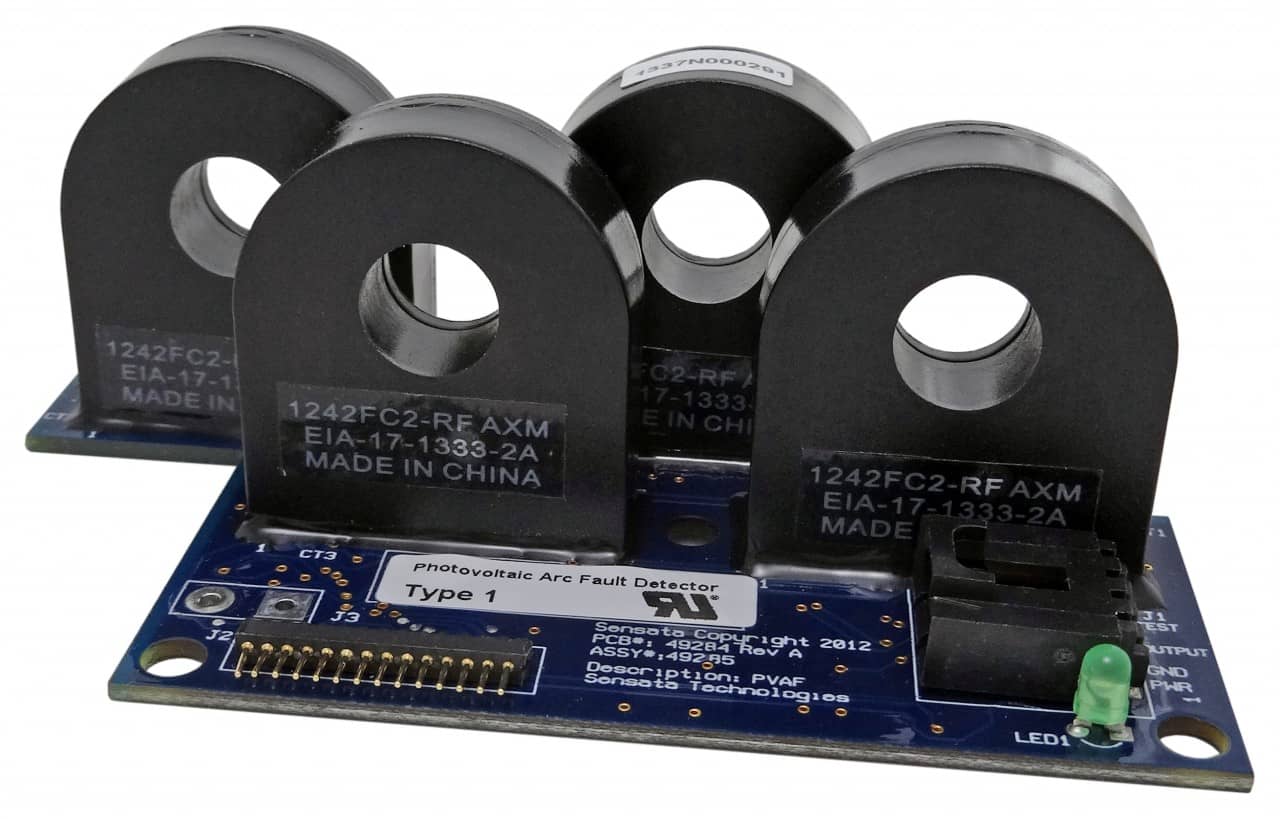Outback Solar does make a Arc Fault unit that can be added to your existing system. Only one is needed as it will protect multiple Outback SCC’s. This is totally acceptable to the code.
There are also Ground Fault breakers that can be added to your system as older Outback units do not have Ground Fault built in.
Midnight Solar does have such a breaker that can be used with Outback Solar SCC’s This is also acceptable to the NEC
Ground mount solar array’s do not need a rapid disconnect, that is only required on a building.
If you do need to upgrade your system Midnight Solar has designed both Arc Fault and Ground fault into the Midnight Solar Classic controllers.
There are some limited Midnight Solar Classic models that do not have Arc Fault or Ground Fault, These were built for a limited application and are available in the surplus market and are not suitable where Arc Fault and Ground Fault are required
My panels are on the back side of the roof they where burred in snow for 10 weeks last winter
the only place I could place panels is on the left /bottom of the pic .
My drive way runs down along that area .
Its about 900 and the shadows would be running across the array .
it would be ok in the winter but summer time there are a ton of trees .
I have 24 295 watt panels with the fancy controller I could run 6in series 4 in parallel and run down the left side of the house but it would be nice to leave the equipment on the roof
I want a garage on the right side in the back so I could put the equipment in there ?
If the fire men show up it would have to be in a helicopter
View attachment 71287



